Food Education - Meat, cheese, fruits, vegetables and allergens!
Food Education - Meat, cheese, fruits, vegetables and allergens!
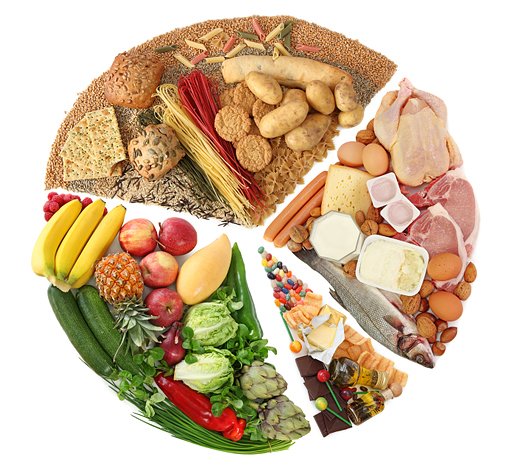

A Stressed Animal
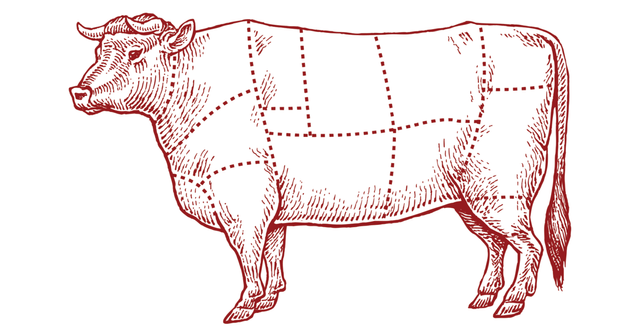
PSE - MEAT
PSE-meat is the designation of poor quality pork because of stress before or during slaughter. Stress factors cause the pig to start producing acids that lead to a drop in pH, which in turn causes the water binding capacity of the muscle protein to decrease. This makes the meat bleach, soft, moist and may cause a bad smell.
DFD - MEAT
DFD is the designation of terrible quality because the animal is exposed to long-term stress. In slaughter of cattle and pigs, this DFD meat is called dark, firm and dry.

Somthing About Cheese
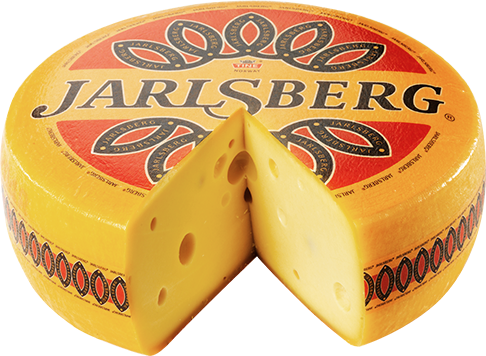
PASTEURIZING
In dairies pasteurization is seen as the most important process in the production of dairy products. It affects both quality and durability. Pasteurization involves heat treatment of the milk at certain temperature and time combinations, which provides absolute safety against the transmission of some pathogenic bacteria. Also, the greatest possible reduction of the melan's other bacterial flora, viruses and enzymes, without the appearance and taste of the milk, or its meaning as food, is markedly change.
UNPASTEURIZED
Unpasteurized milk is used as raw material for several cheese types with traditional origin in France. Similar cheeses made from pasteurized milk are not exposed to the same ripening process, and therefore taste somewhat different. After a lengthy process, local producers have made a breakthrough to the food authorities', that absolutely all milk for human consumption should be pasteurized does not apply to raw materials for such cheeses. Also in Norway today, locally produced cheeses of non-pasteurized milk, besides the French, can be purchased and consumed.
STABILIZED
A stabilized cheese has been matured from the manufacturer / dairy and is ready for consumption from the first moment. The cheese changes little within the shelf life.
UNSTABILIZED
An unstabilized cheese matures in a traditional way, outside and inward. When the cheese is new, it has a completely dry and dry core. This kernel will disappear as the cheese ripens and is replaced with a soft and smooth curd. When the kernel is completely gone, the cheese will be completely full and at its best.

A Little About Milk Allergy
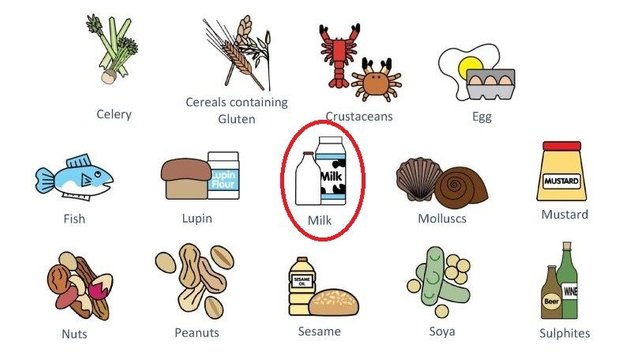
MILK
Milk allergy is the body's response to proteins found in milk from animals. This can result in ailments like vomiting, diarrhea and swelling around the mouth. Symptoms may come quite quickly after ingestion of milk but may also come gradually over several days.
There is no direct treatment for milk allergy, except for cutting milk products. Milk allergy is the most common form of allergy and affects between 2% and 3% of all infants. About 13% to 20% of all children with milk allergy are also allergic to beef because of protein similarities. It is important to be aware that milk allergy is not the same as lactose intolerance, which is due to the lack of an enzyme in the intestines and usually only causes digestive problems.
ALTERNATIVES FOR MILK
Today there are several alternatives to milk. These are products that do not contain lactose. These are rice milk, oatmeal, soy milk and coconut milk. The first 3 are sold in 1 liter cartons, while coconut milk is mainly sold canned. Rice milk, oatmeal and soy milk are often added to the same amount of calcium as regular milk. They are also sold as organic products. The organic milk has often not added calcium.

Fruits and Vegetables
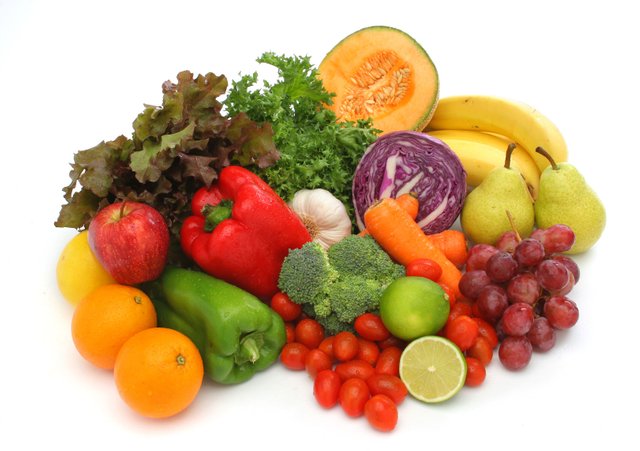
FRUIT AND VEGETABLES
The storage temperature means a lot for the freshness and quality of fruits and vegetables. Tomato and cucumber are best kept in temperature around 10-14 degrees. Cabbage, salad, apples, pears and carrots must have approximately 1-5 degrees. Potatoes are best kept around at 4-8 degrees.
Fruits and vegetables do not like breeze, neither hot or cold, for example, salads and herbs go bad very quickly when exposed to a cold or hot breeze. Do not put these in the windowsill with the window open. Mushrooms can lose 10 - 15% of the weight in one night if not stored cool. Cover it!
Some fruits separate ethylene gas when ripened. The gas can be harmful to other products, and you should think about it when you put the goodies in the fruit bowl. Apples, plums, tomatoes and tropical fruits produce ethylene gas and should therefore not be too close to other fruits such as bananas that are sensitive to the ethylene gas.
HERE IS THE DIFFERENT FRUIT AND GREEN SEASONS WE HAVE IN OUR STORE IN NORWAY!
BERRIES
Blueberries: July, August, September, October
Raspberries: July, August, September
Strawberries: June, July, August, September
Cherry: July, August, September
Currants, red and white: August, September
Black Currant: August, September
Gooseberries: August, September
Cranberries: September, October
VEGETABLES
Cucumber, greenhouses: April, May, June, July, August, September, October
Asparagus: April, May, June
Cauliflower: June, July August, Septeber, October, November
Broccoli: June, July, August, September, October, November
Chives: April, May, June, July, August, September October
Pumpkins: September, October, November
Kale: July, August, September, October, November, December
Carrot: July, August, September, October, November, December, January
Cabbage, early: May, June, July
Head Kale? (hodekål, didn't know how to translate this, if somebody could tell me) autumn and winter: September, October, November December, January
Bok Choy/Chinese Cabbage: July, August, September
Rutabaga aka Swede (hehe): August, September, October
Turnip: August, September, October, November, December, January, February
Bell Peppers, greenhouses: October
Parsley, wild: June, July, August, September
Parsley, greenhouse: August, September, October, November, December, January
Potato, early: July, August
Potato, late: September, October, November, December, January, February, March
Leeks: August, September, October, November, December
Radish: July, August, September
Brussels Sprouts: October, November, December
Red beet: August, September, November
Red Onion: August, September, October, November, December, January, February
Red cabbage: September, October, November, December
Salad: June, July, August, September
Shallot: August, September, November, December, January, February
Squash, open air: August, September, November
Celery: August, September
Sugar peas: July, August, September
Tomato, greenhouses: April, May, June, July, August, September
Onions: July, August



Great post full of information thant would be great to share with my foodie followers on my @karenmckersie new account @momskitchen blog ! I love to have a nice variety to share with my awesome followers ! Upped resteemed and im following you now !! Keep up the great work !👍👍👍😋
Awesome it sounds great ! Thanks for the follow back !💕😋💕😋💕😋